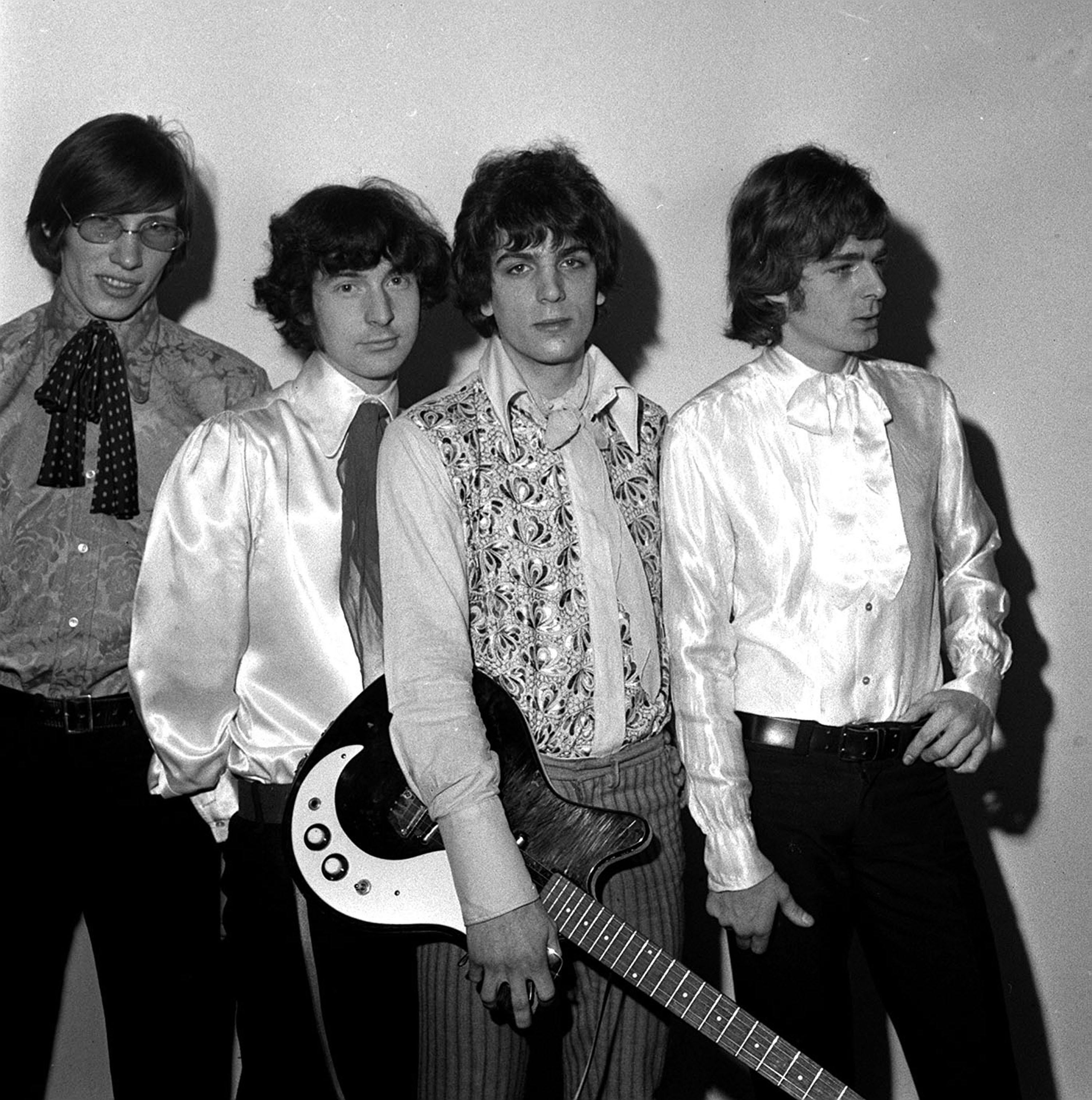Story of the song: See Emily Play by Pink Floyd
From The Independent archive: Robert Webb on Syd Barrett’s ‘psychedelic schoolgirl’ and the perfect soundtrack to the Summer of Love

In 1967, Syd Barrett of Pink Floyd was commissioned to compose a theme song for a “musical and visual exploration” called Games for May, to be staged at the Queen Elizabeth Hall, on London’s South Bank. The “happening” featured a complex light show, daffodils for the audience, and the first use of quadrophonic sound.
“Your cup overflows with experience,” gushed the Financial Times reviewer. “Free games for May,” Barrett sang to a host of golden hippies – although, in fact, only the daffodils were free: a ticket cost 21 shillings. “It was a very important show,” recalled the band’s drummer, Nick Mason – “the beginning of the concept that we ended up spending the next 20-odd years doing.”
The audience loved Barrett’s song, so the band’s managers persuaded him to rework it for the charts. To give it personality, he introduced a character, Emily. “I was sleeping in the woods one night, after a gig we’d played somewhere, when I saw this girl appear before me. That girl is Emily,” he told NME in 1974. Other sources pin the identity on Emily Kennet, the “psychedelic schoolgirl”, a well-known 16-year-old reveller at the UFO club, where Pink Floyd were the house band. The newly titled “See Emily Play” was recorded at Sound Technique studios. It was the perfect soundtrack to the Summer of Love - instant psychedelic nostalgia, although it employed few special effects.
“Take that ‘Hawaiian’ bit at the end of each verse: that was just Syd using a bottleneck through echo,” said the keyboard player Rick Wright. “The part that sounds speeded up, though, was speeded up! John Woods, the engineer, just upped the whole thing about an octave.”
Even before the record was out, Barrett’s high consumption of LSD was becoming a cause for concern. “I really started to get worried when I went along to the session for ‘See Emily Play’,” the band’s close friend, Dave Gilmour, remembered. “Syd was still functioning, but he definitely wasn’t the person I knew.” During the American tour that followed, Barrett refused even to mime the words of their new hit. Instead, he gazed at the camera, his lips sealed: “He looked right through you. He wasn’t quite there – that stare, you know?”
In March 1968, the Pink Floyd frontman really wasn’t there – he was sacked, and his place was taken by Gilmour.



Join our commenting forum
Join thought-provoking conversations, follow other Independent readers and see their replies
Comments